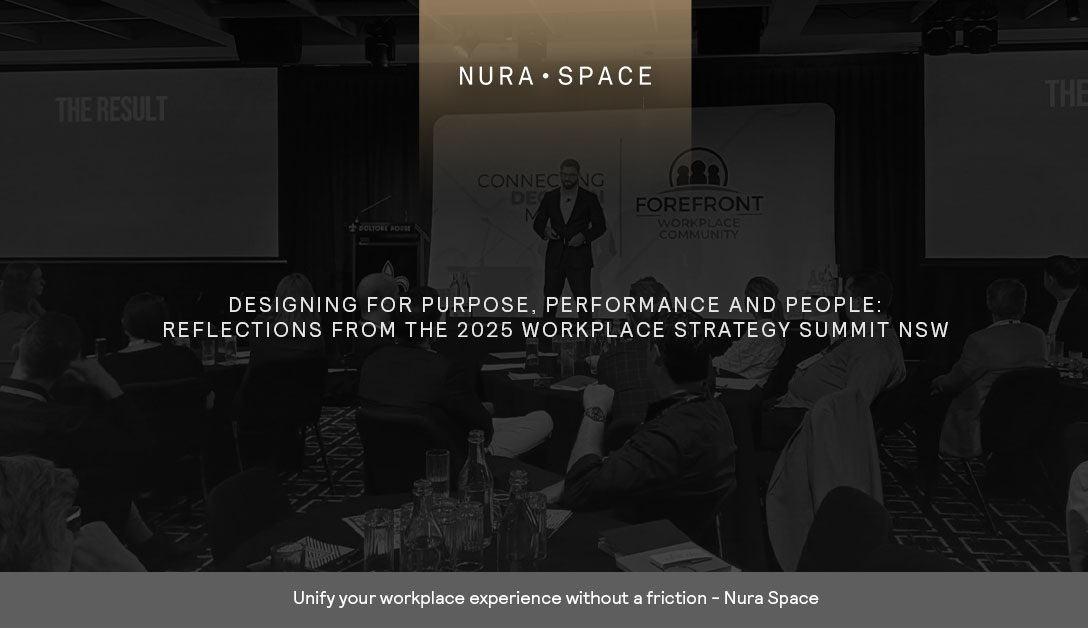Exclusive Insights with Sue Solly: Hybrid Workplace Design Strategies and the role of Physical Office
Get exclusive insights from Sue Solly, a workplace strategy expert at Swinburne University, on how Activity-Based Working (ABW) and hybrid work shape today’s evolving workplace. Learn how to optimize workplace experiences and successfully implement hybrid work strategies














